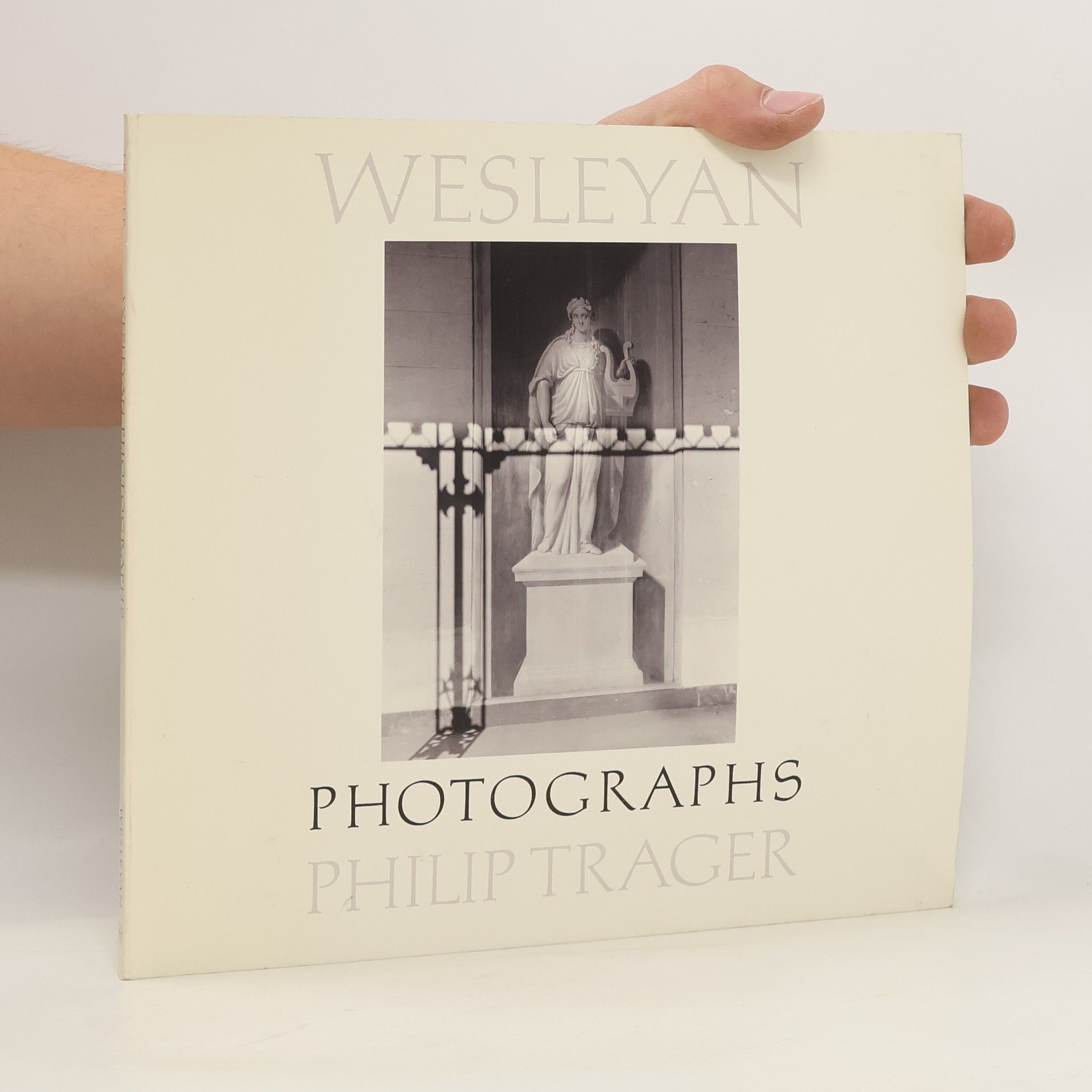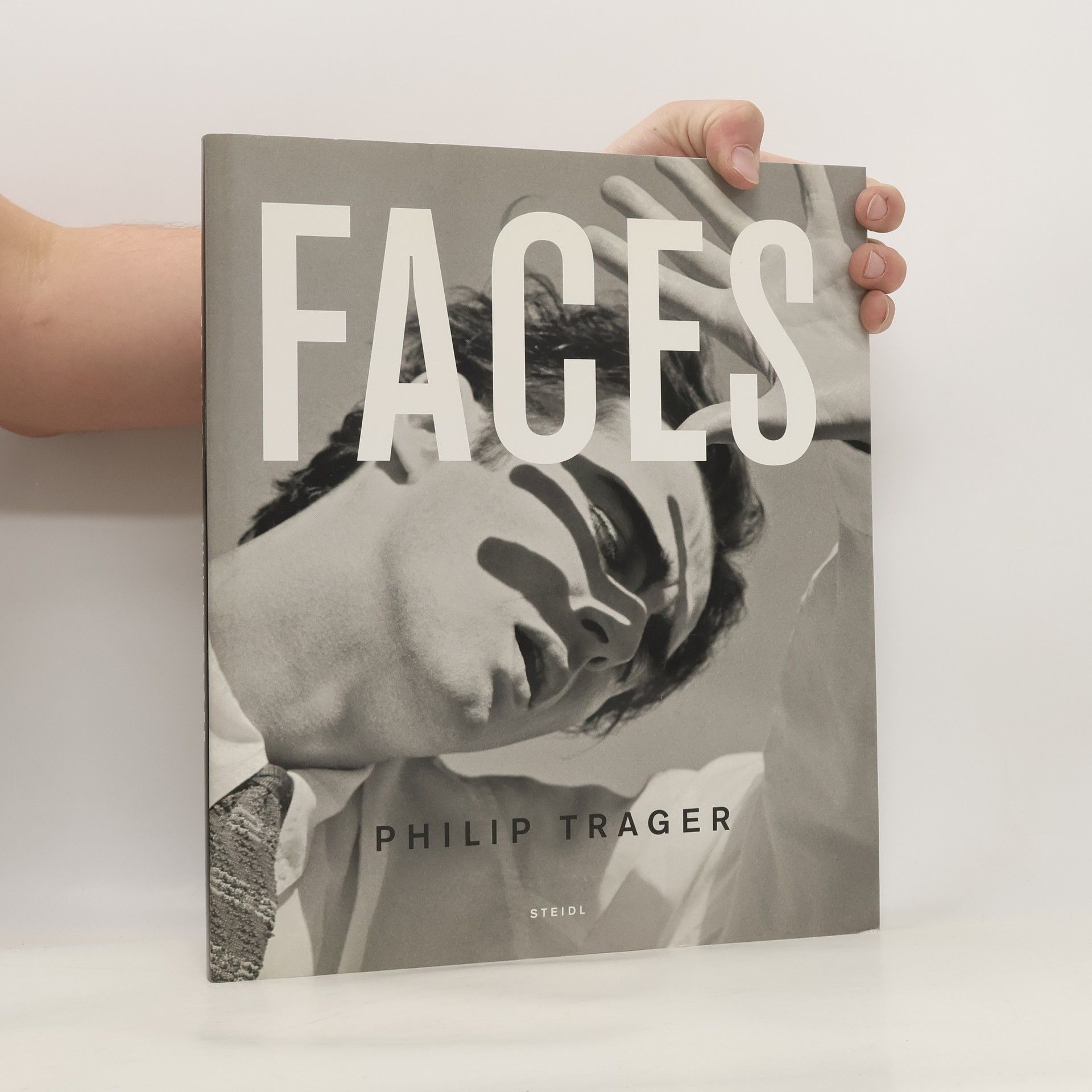In Photographing Ina, Philip Trager, renowned for his black-andwhite images, embraces color for the first time. These striking and intimate photographs reveal Trager's sophisticated, complex use of color, presenting an unanticipated and layered reality. The images are as much about the act of photographing, perception, color and light, as they are about his subject, whose presence is a constant and unifying motif. Trager photographed his wife Ina during only two distinct periods of time. This book comprises a selection of photographs from these very different bodies of work which comprise color photographs made between 2006 and 2011, after fifty years together, and blackand- white photographs made after twenty-five years together. These intimate, openly theatrical images - made in concentrated sessions rather than as an ongoing diary - embody an enduring love and shared passion for art.
Philip Trager Livres



Faces evolved from Philip Trager's extensive work photographing dancers and builds on his successful 1992 book Dancers . Trager has collaborated with a variety of dancers and performance artists, including Kazuo Ohno, Amanda Miller of The Frankfurt Ballet, Mark Morris, Eiko and Koma, and dancers of the Fondation Jean-Pierre Perrault. Trager's intensive approach allows him to develop a personal relationship with his subjects that is clearly expressed throughout this new work. The photographs in Faces --isolated from dance movement--present an innovative kind of portraiture. Creating a kind of psychological theater, these startling and mysterious images are intensely emotional, provocative and stunningly beautiful. Trager's photographs compel us to rethink the field of dance photography.
Wesleyan Photographs
- 23pages
- 1 heure de lecture
An appreciation of Wesleyan University campus as depicted in photographic images and words